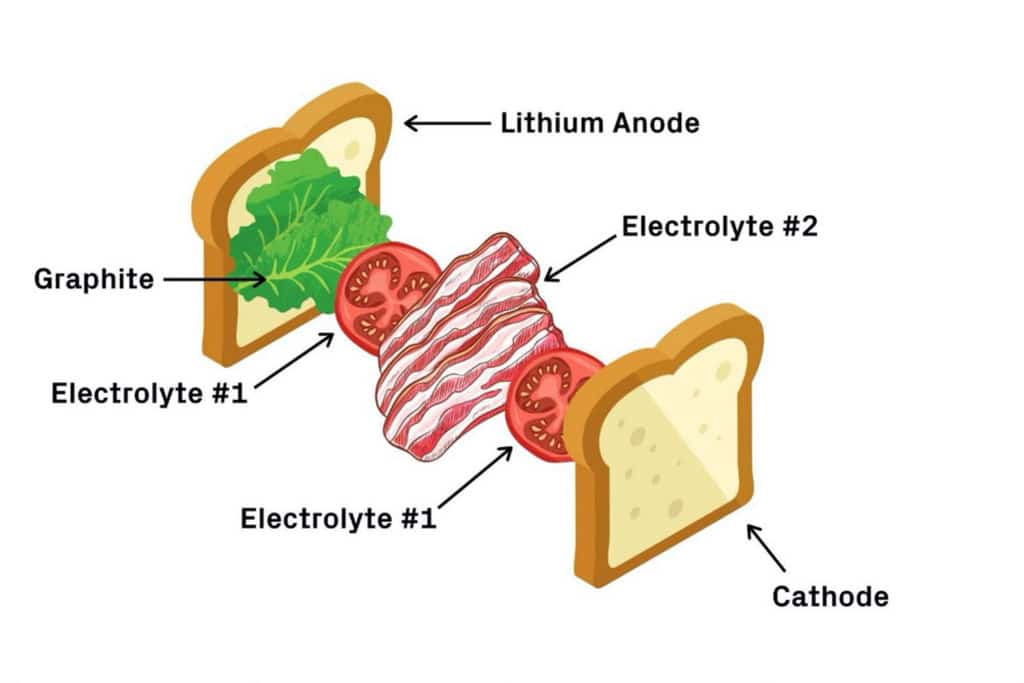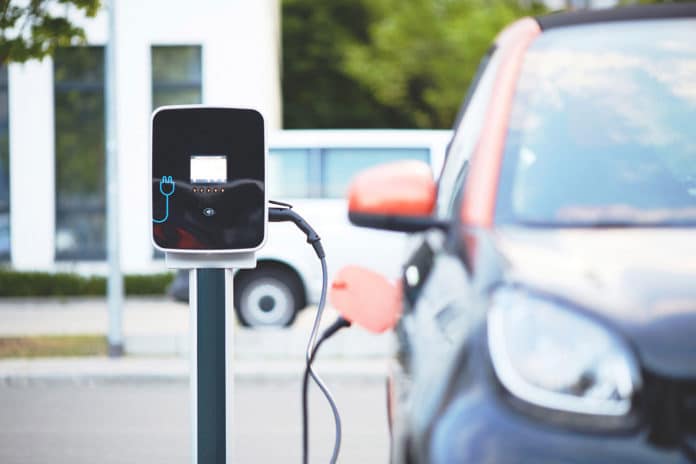Long-lasting, quick-charging batteries are essential to the expansion of the electric vehicle market. However, today’s lithium-ion batteries fall short of what’s needed; they’re too heavy, too expensive, and take too long to charge.
A team of researchers at the Harvard John A. Paulson School of Engineering and Applied Science (SEAS) have designed a stable, lithium-metal, solid-state battery that could pave the way for electric vehicles that can fully charge within 10 to 20 minutes. According to the researchers, the alternative battery architecture not only offers fast charging but also a far longer lifespan than comparable batteries by making use of high-performance lithium metal and a solid electrolyte to remain stable over many thousands of cycles.
“A lithium-metal battery is considered the holy grail for battery chemistry because of its high capacity and energy density,” said Xin Li, associate professor of materials science at the Harvard John A. Paulson School of Engineering and Applied Science (SEAS). “But the stability of these batteries has always been poor.“

Behind the lack of stability of such batteries are small, needle-like structures called dendrites that form on the surface of the lithium metal anode and then also appear in the liquid electrolyte. This severely affects the performance of the battery, causing the battery to short or even catch fire.
The team designed a multilayer battery that sandwiches different materials of varying stabilities between the anode and cathode. This multilayer, multimaterial battery prevents the penetration of lithium dendrites not by stopping them altogether but rather by controlling and containing them.
The researchers swap out the graphite and copper used for the anode for lithium metal to improve the performance of today’s lithium-ion batteries. Like a BLT sandwich, first comes the bread – the lithium metal anode – followed by lettuce – a graphite coating. Next, a layer of tomatoes – the first electrolyte – and a layer of bacon – the second electrolyte. Finish it off with another layer of tomatoes and the last piece of bread – the cathode.
They paired the new design with a commercial high energy density cathode material. This battery can be charged and discharged at least 10,000 times at a high current density. In addition to the properties described, the battery is also self-healing; its chemistry allows it to backfill holes created by the dendrites.
“This proof-of-concept design shows that lithium-metal solid-state batteries could be competitive with commercial lithium-ion batteries,” said Li. “And the flexibility and versatility of our multilayer design make it potentially compatible with mass production procedures in the battery industry. Scaling it up to the commercial battery won’t be easy, and there are still some practical challenges, but we believe they will be overcome.”
